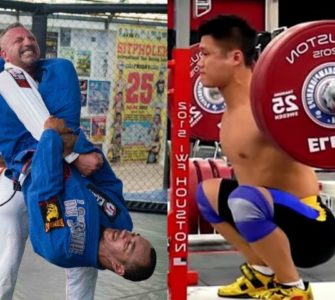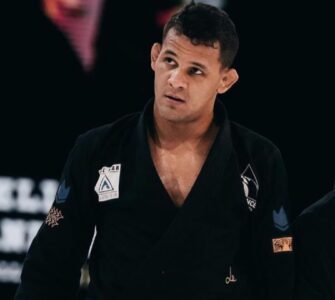Cycling is a full body sport, and those who excel at the skill prove their bodies and minds to be up to some of the most intense training in the sports world. Cycling though, like any skill, can be improved with exercise, training, and good old-fashioned determination.
This is we’ve gathered tips and tricks from some of the most impressive cyclists in the game today to figure out what it is these athletes do that make them excel—and to find out what anyone with the right mindset can do to follow in their footsteps. From four-time Tour de France winner Chris Froome’s unusual cycling habits, to Rod Ellingworth’s winning coaching, to Richie Porte’s intense climbs, these training regimes will have you pushing your body to the edge of its capabilities and back, and growing stronger for the journey.
With the implementation of these intense training tips, any cyclist can work like the pros, and build their bodies, minds, and skills like the best in the business.
Chris Froome’s Nocturnal Schedule
You don’t see professional athletes exhibiting the inner and outer strength that Chris Froome does just every day. This four-time Tour de France winner is a force to be reckoned with, and it shows in his intense training regime that could keep even the Incredible Hulk sweating.
One of Froome’s greatest assets is his ability to adapt and constantly try new techniques for bettering his skills and strength. One of his less sustainable schedules included ignoring the passage of day into night and training on a twenty-four hour schedule. His days would only consist of eating, biking, and napping.
While Froome would definitely not recommend this schedule to just anyone, he does advocate strongly for changing it up and trying new schedules and regimes. Making a mistake can only lead to growth in the future as a cyclist and as a person. He also highly values consistency, structure, and interval training when committing to a training regime.
Tips From One of the Best Coaches in the Industry
Why take advice from the pros when you could take the advice the pros get? Rod Ellingworth has led many a cyclist to victory, and it turns out, it’s all the result of a tick-box list! When putting together a training regime for his winning Team Sky, legendary British cycling coach Ellingworth constructed a list of necessary components that a cyclist must do or have in order to win the famed Tour de France.
One of the most innovative techniques Ellingworth employed for his cyclists’ training was a sleep-high, train-low model. The cyclist slept in high altitudes, and trained in the lower attitudes. This allows the athletes to train their lungs and bodies without needing to cycle through the discomfort of high-altitude workouts. This technique has proven beneficial for many of Ellingworth’s cyclists.
Building an anaerobic threshold is one of the most important aspects of cycling, which can also be seen detailed in insights from Cycling Inquisition, and for this, Ellingworth advises his winners to become as lean as possible. It is also important to build every muscle in the body, with weight training for core muscles to protect the body and spine from anaerobic attacks while cycling.
Richie Porte’s Intense Uphill Climb
This pro cyclist has emphasized the importance of hitting it hard in the weeks coming up to a big race. In the six weeks before the Tour de France, Porte does approximately twenty thousand meters of climbing.
Even with so much cycling, Porte also works hard to keep his weight down. He puts an emphasis on the uphill climb rather than distance, as the quality of the ride rather than the distance is what is important in building the stamina and strength necessary to compete in races like the Tour de France.
Diversity in types of workouts, and interval training are also both quintessential to Porte’s training routine. 30/30s are some of the best things a cyclist can do during training, which consists of cycling hard for 30 seconds, and then taking 30 seconds off.


















